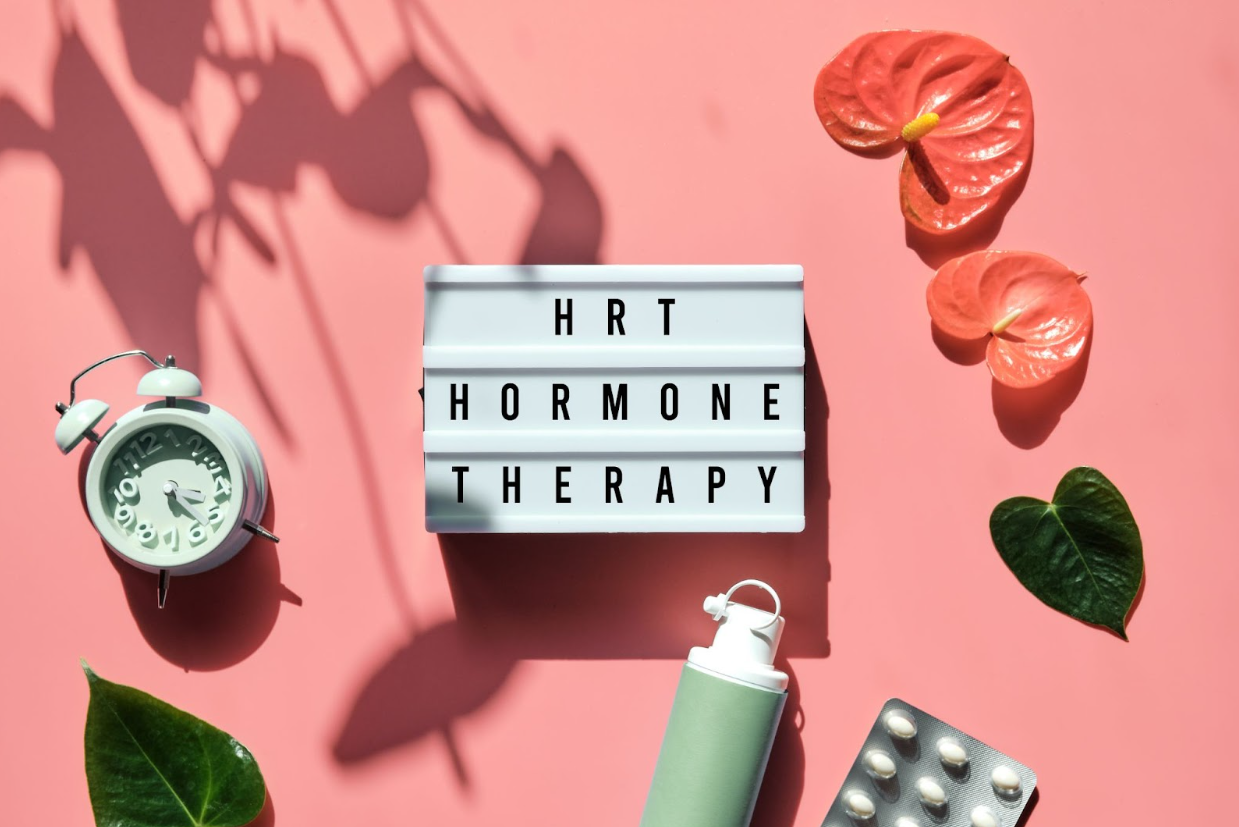Are you feeling exhausted no matter how much you sleep? Are you struggling with mood swings, hot flashes, or stubborn weight gain? When your hormones are out of balance, everything feels off. Whether it’s menopause, perimenopause, or another hormonal shift, these changes can significantly affect your body and daily life. Bioidentical hormone replacement therapy (BHRT) in Dothan, AL and Enterprise, AL can help restore balance, bringing back energy, mental clarity, and a sense of well-being. But for many people, one big question comes up first: how much does hormone therapy cost? How much will the treatment be? Is it covered by insurance? And is it really worth it?
The good news is that there are different options at different price points, and with the right provider, you can find a treatment plan that fits both your needs and your budget. Today, we will take a look at what affects hormone therapy cost, what to expect with insurance, and how to make treatment as accessible as possible.
How Hormone Therapy Cost Varies by Treatment Type
Not all hormone therapy is the same, and the type of treatment you choose will impact both how effective the therapy is and the hormone therapy cost. Understanding the different options that are available to you can help you find the right option for you.
Bioidentical vs. Synthetic Hormones
Bioidentical hormones are made to match the hormones your body naturally produces. They are usually customized and tend to cost more than synthetic options, which are mass-produced and typically covered by insurance. While both options help restore balance, bioidentical therapy is often preferred for its customizable nature.
Delivery Methods and Costs
- Pills and Patches – These are usually the most affordable options, but they may require frequent dose adjustments, which could lead to ongoing expenses.
- Injections and Pellets – Injections are given regularly, while pellets are implanted under the skin and slowly release a consistent level of hormones over time. Both have a higher upfront cost but last longer between treatments.
- Creams and Gels – These can be customized but due to stability issues often require frequent refills, which can add to the overall hormone therapy cost.
Your provider can help determine which hormone therapy option best suits your body and lifestyle while considering both cost and insurance coverage.
Factors That Affect the Cost of Hormone Therapy
When it comes to hormone therapy cost, there are several different factors that can influence the total price of treatment. Looking into these can help you plan ahead and choose the best option for your needs.
Provider Expertise
When looking at hormone therapy cost, experience matters. While some providers may charge less, a highly trained specialist understands the complexities of hormone balance and will take the time to tailor the treatment to your unique needs.
A knowledgeable provider ensures accurate testing, precise dosing, and necessary adjustments for optimal results. Choosing a cheaper, less experienced provider can lead to rushed care or a one-size-fits-all approach that doesn’t fully address your symptoms.
Customized vs. Standardized Treatment
A one-size-fits-all approach is generally more affordable, but it may not fully address your specific hormonal needs. Customized hormone therapy is tailored to your unique body and symptoms, which can often lead to better results but sometimes at a higher cost.
Frequency of Treatment
Some hormone therapies, like daily pills or creams, may require more frequent refills, while injections and pellets may last for months before you need another dose. The more often you need treatment, the higher the overall hormone therapy cost may be.
Lab Testing and Follow-ups
Before starting treatment, your provider will likely run lab tests to assess your hormone levels. Regular follow-ups are also needed to monitor your progress and to adjust your doses if necessary. This can sometimes add to the total cost of care.
The Average Cost of Hormone Therapy and Insurance Considerations
Understanding hormone therapy cost can help you plan for your treatment, whether or not you have insurance coverage.
Hormone therapy costs usually range from $30 to $500+ per month. Pills and patches tend to be on the lower end, while injections and pellet therapy often have higher upfront costs but normally require fewer treatments over time.
Some insurance plans cover standard hormone therapy medications but may exclude lab tests, consultations, or compounded bioidentical treatments, which are often considered elective. Checking what your benefits cover ahead of time can help you avoid any surprises.
If insurance doesn’t cover everything, many providers may offer payment plans or accept Health Savings Accounts (HSAs) and Flexible Spending Accounts (FSAs) to help you manage your expenses.
Frequently Asked Questions
What factors can influence the cost of hormone therapy?
The type of therapy, provider fees, lab tests, and how often treatments are needed can all impact the pricing. Customized treatments may also have higher costs than standard prescriptions.
What is the average cost of hormone therapy without insurance?
It varies widely. Pills and patches usually range from $30–$100 per month, while injections and pellets can cost $300–$500+ per treatment. Injections typically last a few weeks, while pellet therapy can last three to six months, making the higher upfront cost more economical in the long run.
Does insurance typically cover the cost of hormone therapy?
Some insurance plans cover hormone therapy medications, but coverage for lab tests, doctor visits, and customized treatments can vary. Checking with your provider is the best way to understand all of the options that are available to you.
How do different types of hormone therapy vary in cost?
Pills and patches tend to be more affordable, while injections and pellets require a higher upfront cost but last longer between treatments.
Are there any financing options or payment plans available for hormone therapy?
Many clinics provide flexible payment plans, and Health Savings Accounts (HSAs) or Flexible Spending Accounts (FSAs) can help with expenses.
Hormone Therapy That Works for Your Health and Budget
At EstrogenicA, we believe everyone deserves to feel their best, and the cost of hormone therapy shouldn’t stand in the way of better health. Our team takes a personalized approach, tailoring treatment to your specific needs while also keeping affordability in mind.
We work with our patients to find solutions that fit their budget while also addressing your hormonal needs. Your health is an investment, and we’re here to make the process as simple and accessible as possible.
Are you eager to explore your hormone therapy options? Schedule a consultation with EstrogenicA today to discuss your personalized plan.





